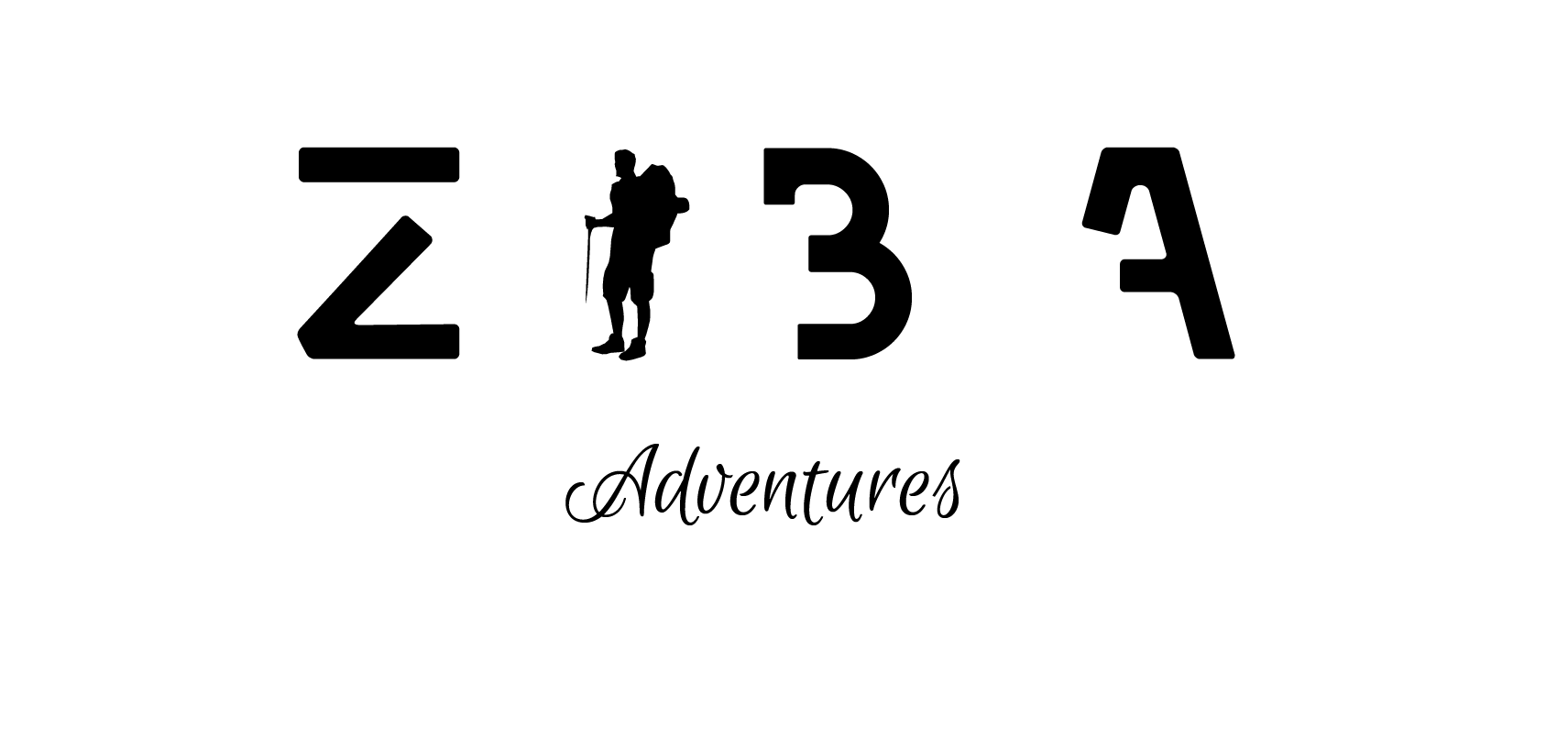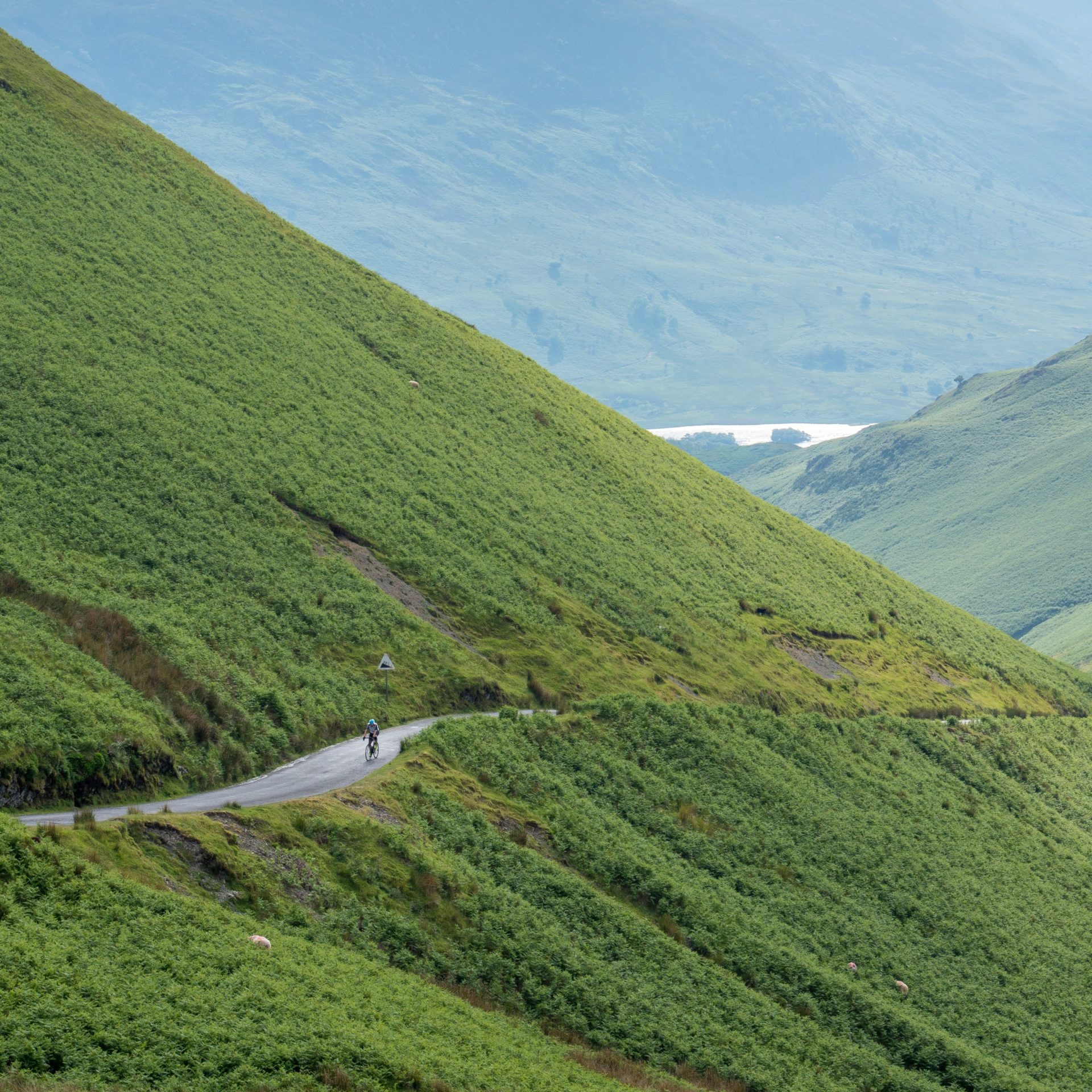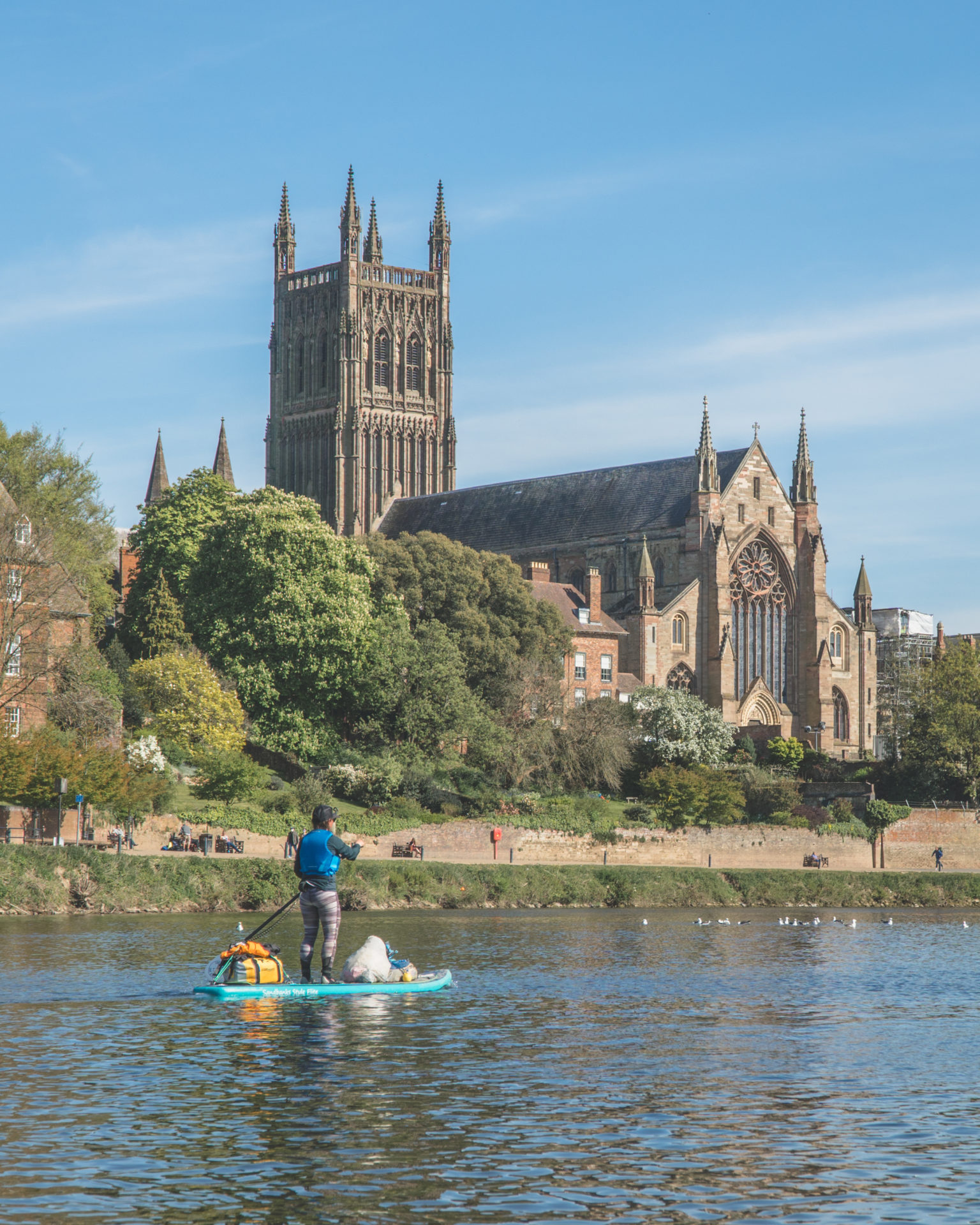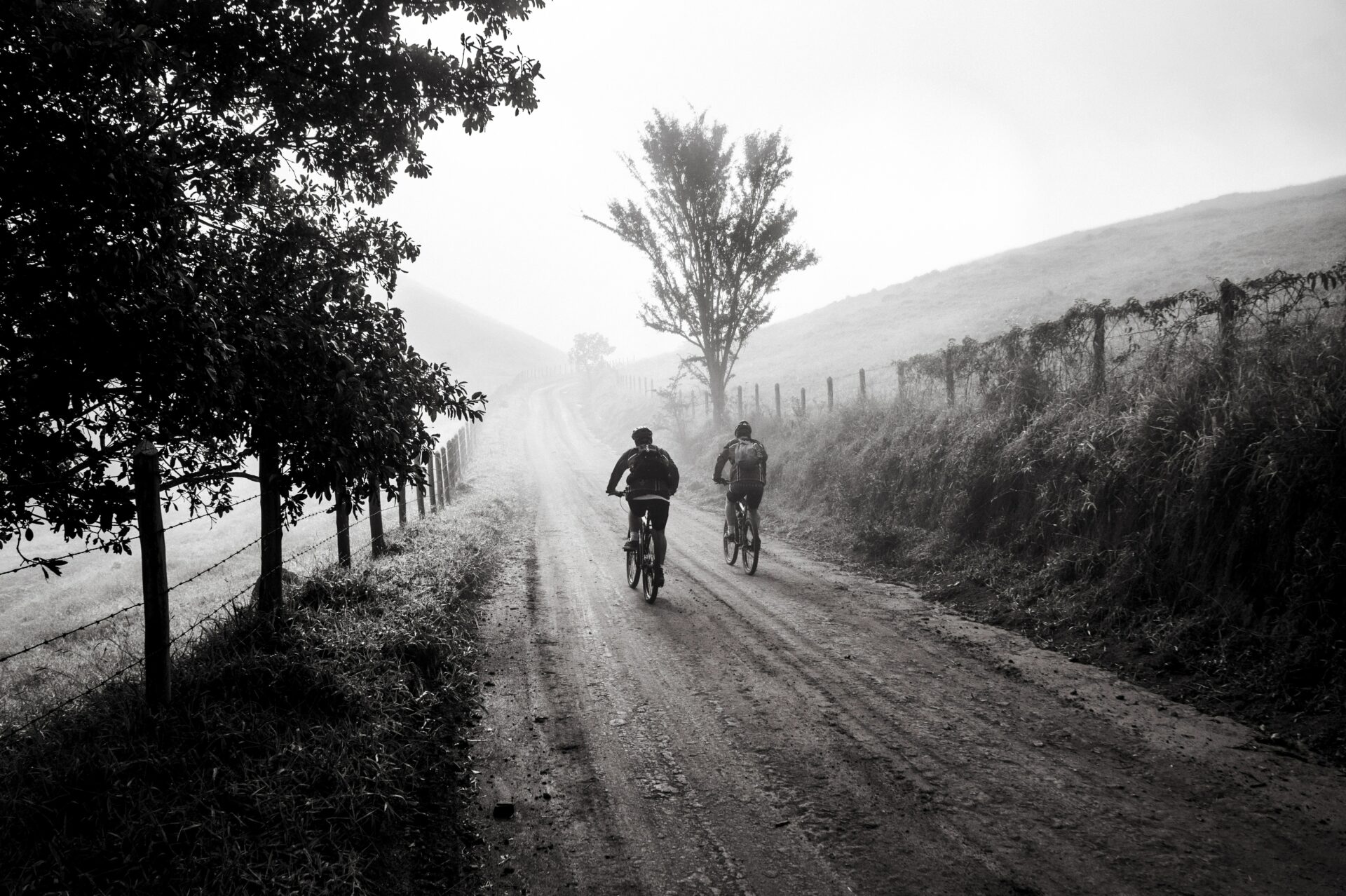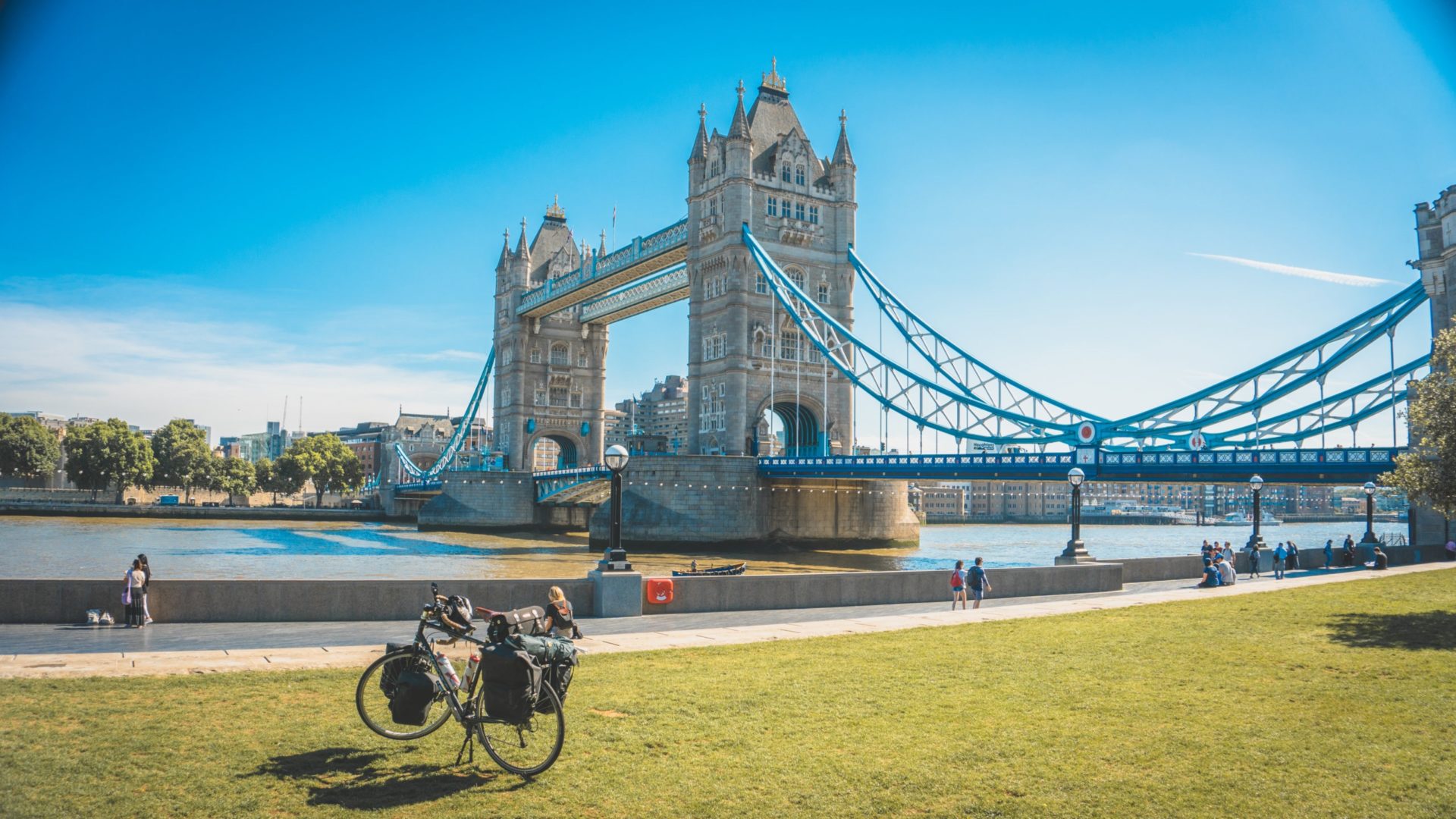10 Essential Paddle Board Tips and Tricks
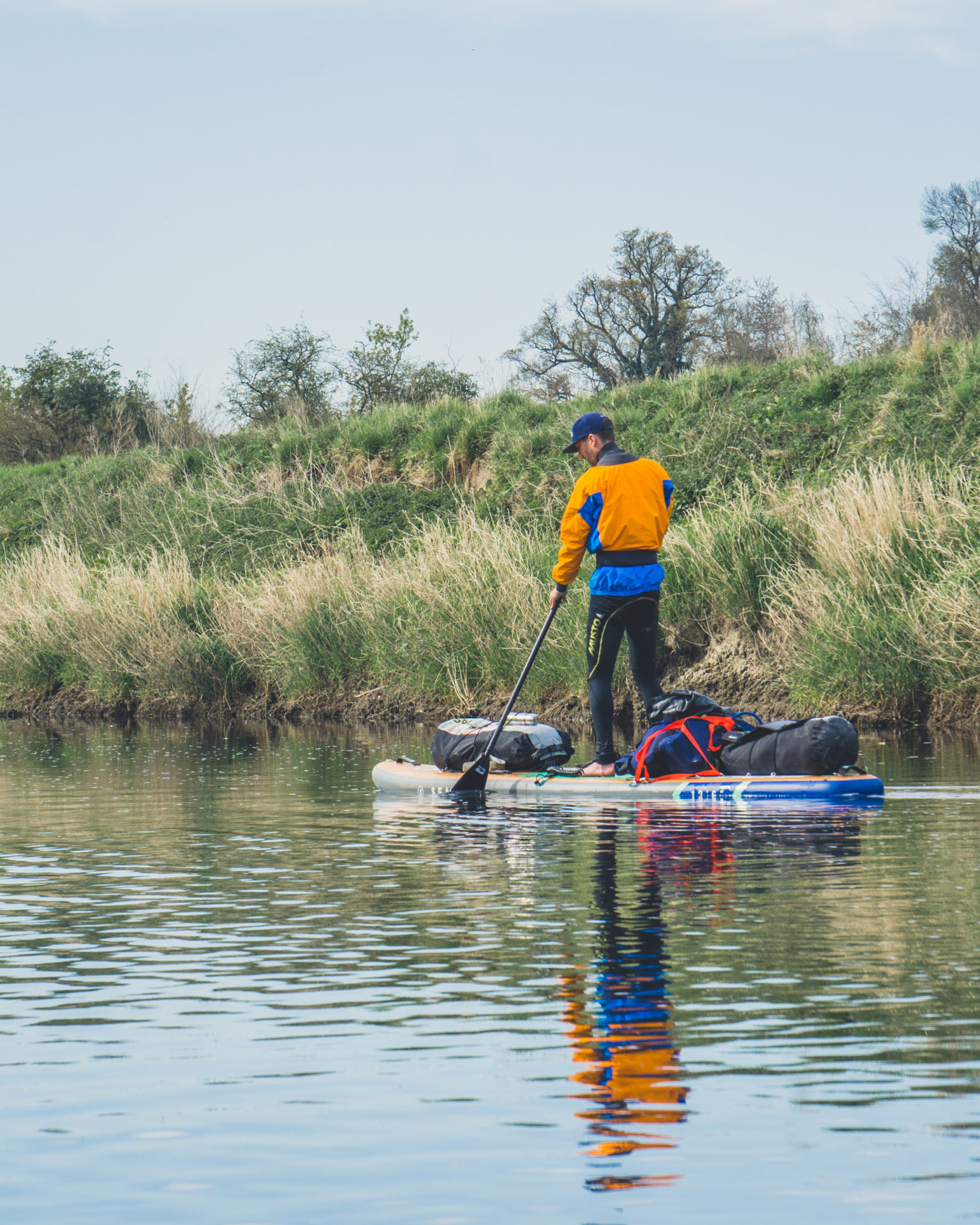
Paddle Boarding Tips And Tricks
Paddle boarding or SUP (stand-up paddle boarding) has become one of the fastest growing sports, and is accessible to all ages. Paddle boards provide the chance for the user to choose whether to stand, sit or kneel and to either use a paddle or their arms to move through the water. More recently, you can even perform SUP yoga and SUP fishing. So, whether you want to propel yourself across the water, exercise or explore beaches and coasts, here are some tips and tricks for paddle boarding.
Benefits of Paddle Boarding
If you’re looking for the perfect activity to do with friends and family, look no further, paddle boarding is not only fun but is beneficial to your health too. From helping to improve cardiovascular, balance and health, there’s a lot more to paddle boarding than people initially think.
Paddle boarding helps to reduce stress and anxiety while providing a whole-body workout. To paddle board, you need to use all of the muscles in your body, from shoulders, arms and back to abdominal, core and legs. While it is a low-impact sport, making it perfect for beginners or those with knee or hip problems or pain. Not only that, but paddle boarding is a full-body workout, helping you to tone and even lose weight all while exploring waters.
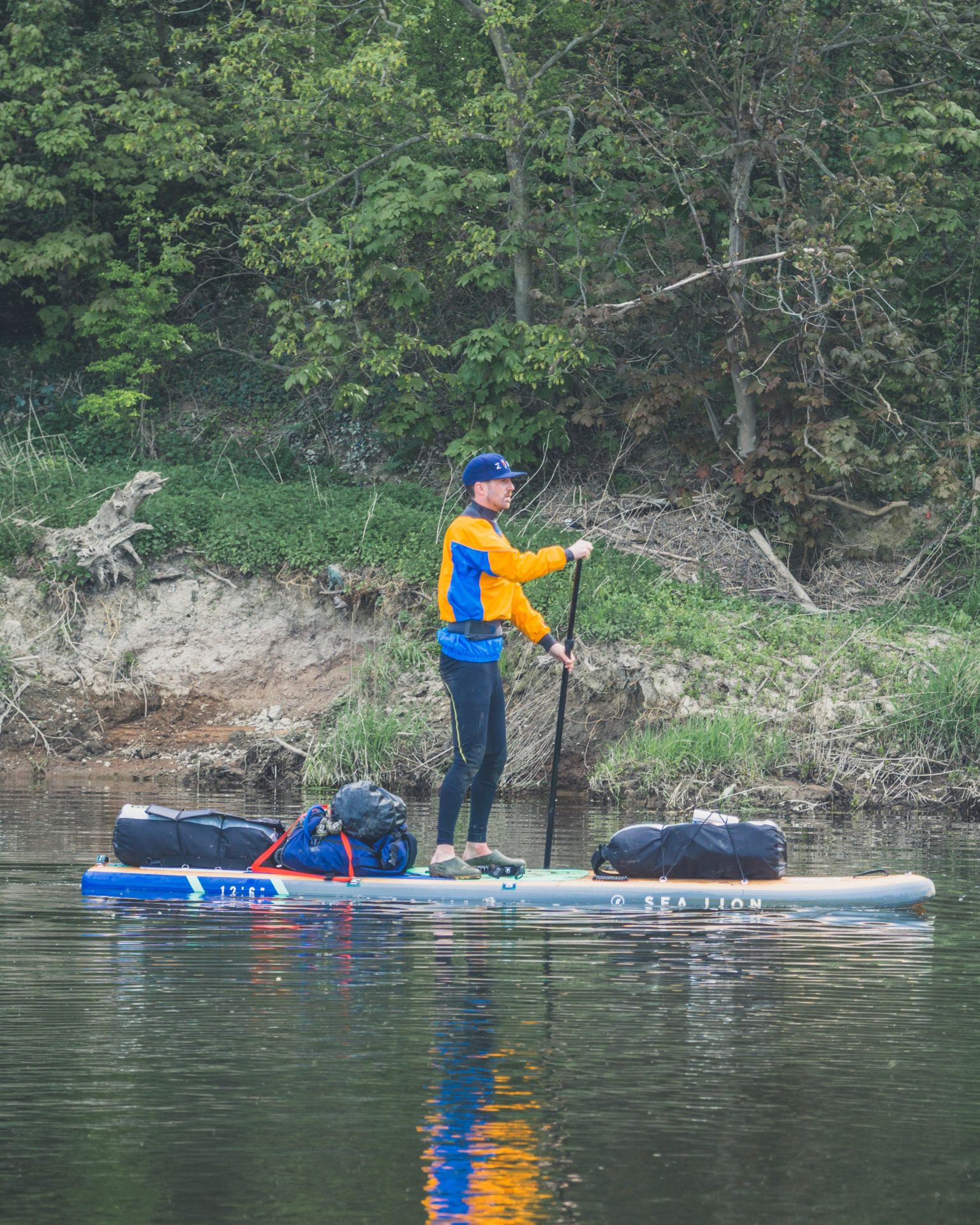
10 Paddle Board Tips and Tricks
Whether you’re a beginner or a more experienced paddleboarder, here are some tips and tricks for paddle boarding.
Choose The Right Board
Choosing a paddle board is essential, and you need to consider length, width and even type. When it comes to type, you need to consider whether an inflatable or solid paddle board is for you, as the two both have pros and cons. If you’re after something with greater stability and performance, a solid paddle board is for you but be aware these tend to be larger, so make sure you have storage. However, an inflatable paddle board is easier to store, lighter to carry if you travel to paddle board and better suited for partaking in SUP yoga. When purchasing, think of long term what would benefit you.
Safety Is Key
With any water activity, there are several things you need to keep in mind:
-
A life jacket or buoyancy jacket
-
Watching your surroundings
-
Keeping an eye on the weather, and with paddle boarding using a leash
Tethering yourself to your board will help after you’ve fallen in because if you fall and hurt yourself or even wind yourself, knowing your board is close by gives you something to hold onto while you get your breath. Using a leash is especially important in high winds and choppier waters, where your board can quickly get away from you after you’ve fallen in.
Fall As Soon As
Following on from the step above, with your leash on the board, the next thing you need to do is fall into the water. Falling from your paddle board is inevitable, even for those who are professionals, so it’s best to get it out of the way and learn how best to fall. Not only because it takes the fear away from doing it, but being aware of how to fall, how to avoid your board and how to land, will help you avoid injury. When falling, it is best to aim away from the board rather than onto it, so you can avoid the sharp fins. Try perfecting a safe fall before going into choppier waters, where your board will move away from you.
Face The Right Way
It may seem obvious, but it isn’t easy to recognise which is the front and which is the back from looking at some paddle boards. Before you get into the water, check where your fins are, as these should be at the back. If you try to paddle board with fins at the front, you will struggle to go in a straight line, as the fins will be cutting into the water, making it more twitchy. The paddle board will glide easily at the back and will help with grip when you encounter waves.
Keep Your Head Up
As a beginner, we all look down at our board instead of up ahead. It’s natural. However, having your head bent will mean you aren’t standing straight, which is essential for paddle boarding as you need stability. Try to keep your head up, shoulders back and spine straight when paddling. Doing this will also help to keep an eye out for any others around, so you don’t end up getting too close to others in case either of you falls in. Boards hurt, after all.
Check The Weather and Wind
It’s crucial to check the weather before leaving for paddle boarding. Not only so you can pack the right clothes, but also to be aware of any high winds, so you’re prepared for all eventualities.
If you’re a beginner, it will be best to begin paddle boarding in low winds to build confidence. Otherwise, your body will become a sail and start guiding the board in high winds, meaning you’ll have to work harder. If the wind changes when you’re out, you can always lie on your stomach and use your arms as paddles to get back to shore.
Learn The Correct Paddle Hold
If you find unwanted splashes when you paddle, you may be holding the paddle the wrong way. The part of the paddle which is bent should be facing away from you and not to you. Ensure that your hands are evenly spread out over the paddle handle and not too close together. Otherwise, you will tire out quickly and limit the power in your strokes.
Paddle With Your Core
While technically you use your arms to move the paddle, you should use your core when paddling to avoid quick tiring. Ensure your standing up straight, engaging your core to help drive the paddle to help you move quicker and more effectively. Another bonus of engaging your core is that you’ll increase your core strength and build muscle definition.
Begin Slow, And Build Up
You can have a good day on the water and suddenly feel like you can do it all. However, be cautious of this mentality when it comes to choppier waters and waves. Improve your technique first, whether that’s sat down, kneeling or standing. Begin with waves you know you can manage and build up to choppier waters before suddenly running to the beach. The sea especially is a powerful domain to be in, so be confident in calmer waters and build your skill first, so you understand the power of water.
Look After Your Paddle Board
Paddle boards are made up of high-tech, but lightweight materials, which makes them the price they are. Protecting them and keeping them in good health will be beneficial to your time on the water. For example, inflatable boards need to be kept away from places where a puncture may happen when travelling or storing. Bending the fin will affect its effectiveness in the water. So be sure to look after your board. You’ll thank yourself in the long run.
Conclusion
With so much to learn and get comfortable with, we hope these paddle board tips and tricks have been helpful as you get to grips or taught you something you may not know if you’re already an experienced paddle boarder. Of all the things we’ve said, it is equally important to have fun, make sure to enjoy each paddle, each fall and every beautiful surrounding.
